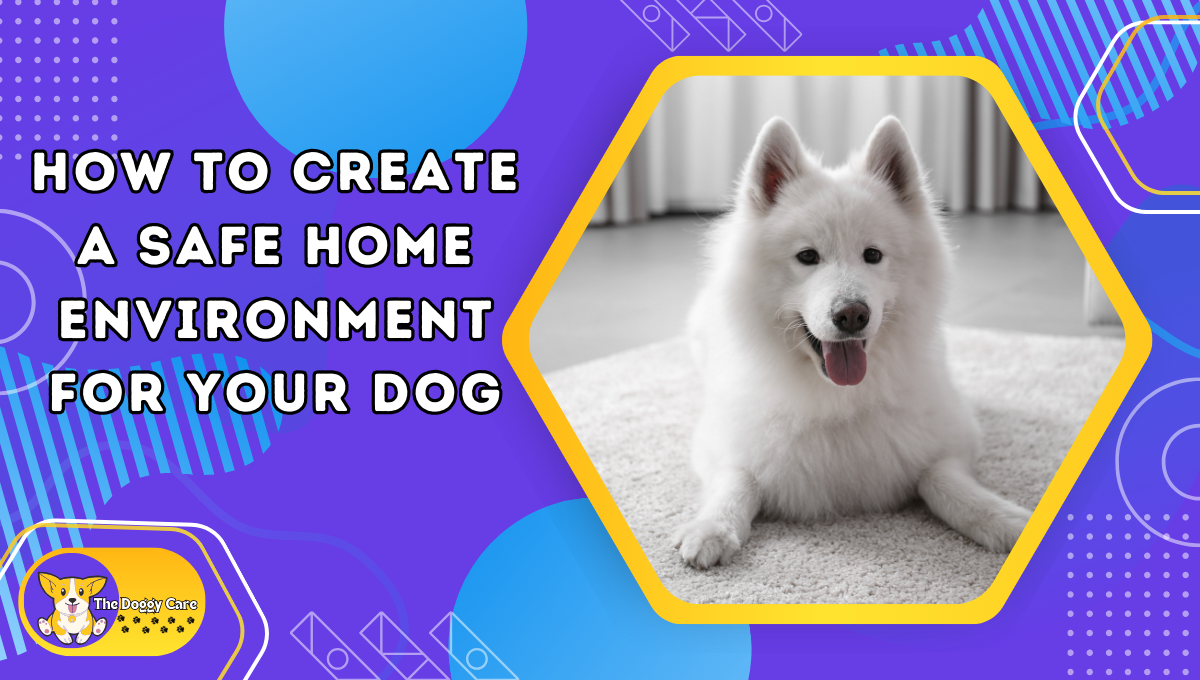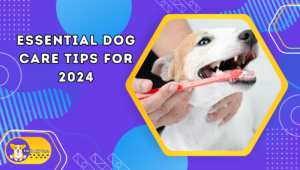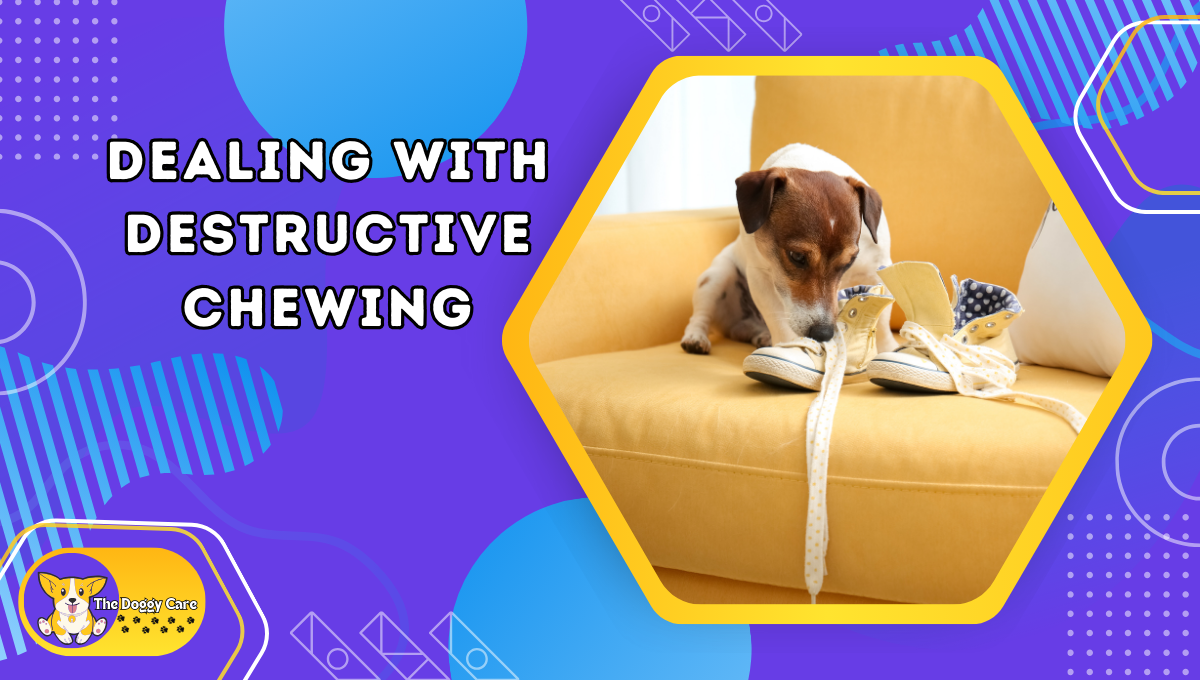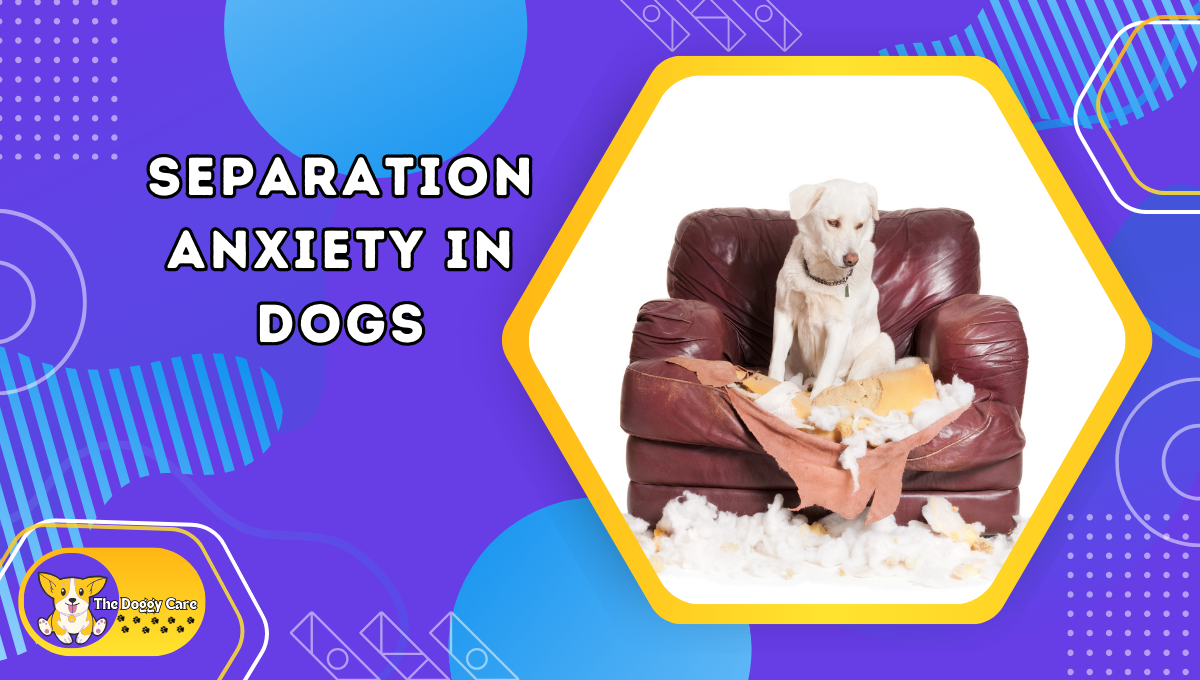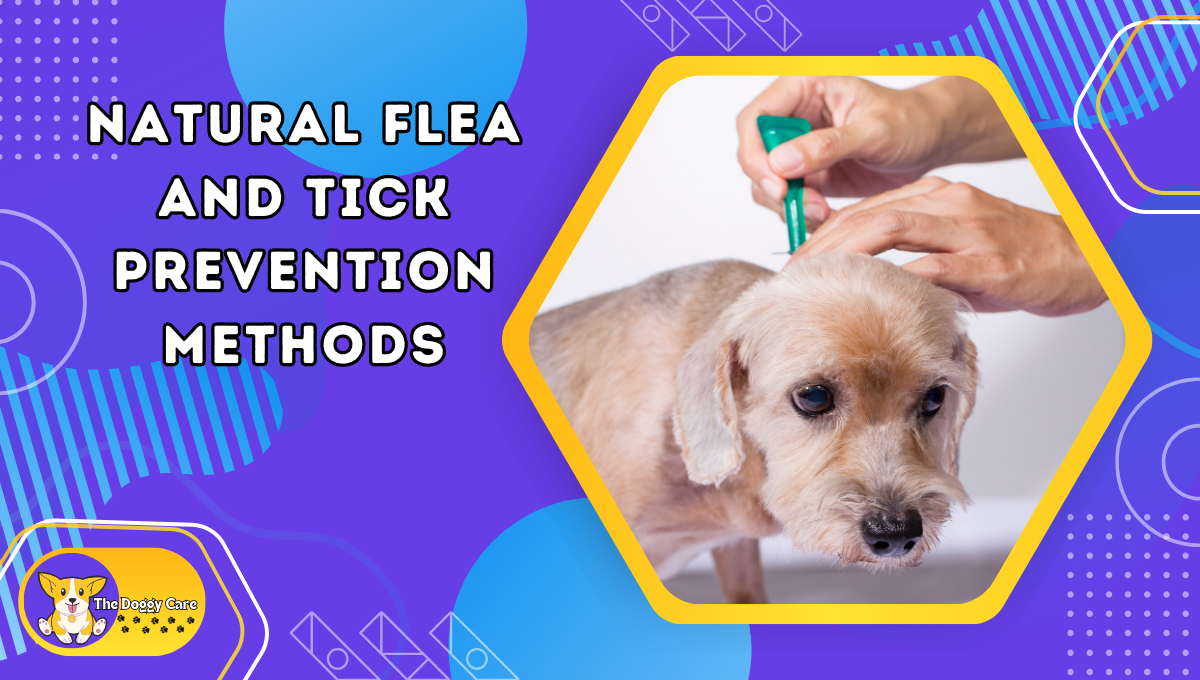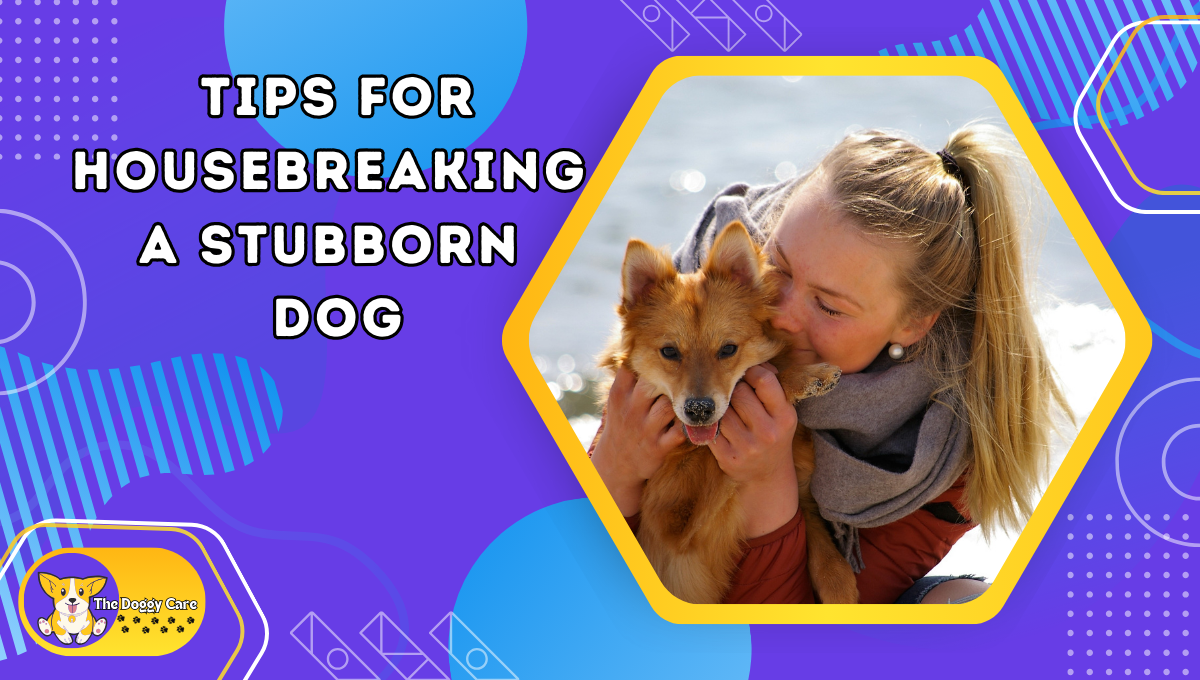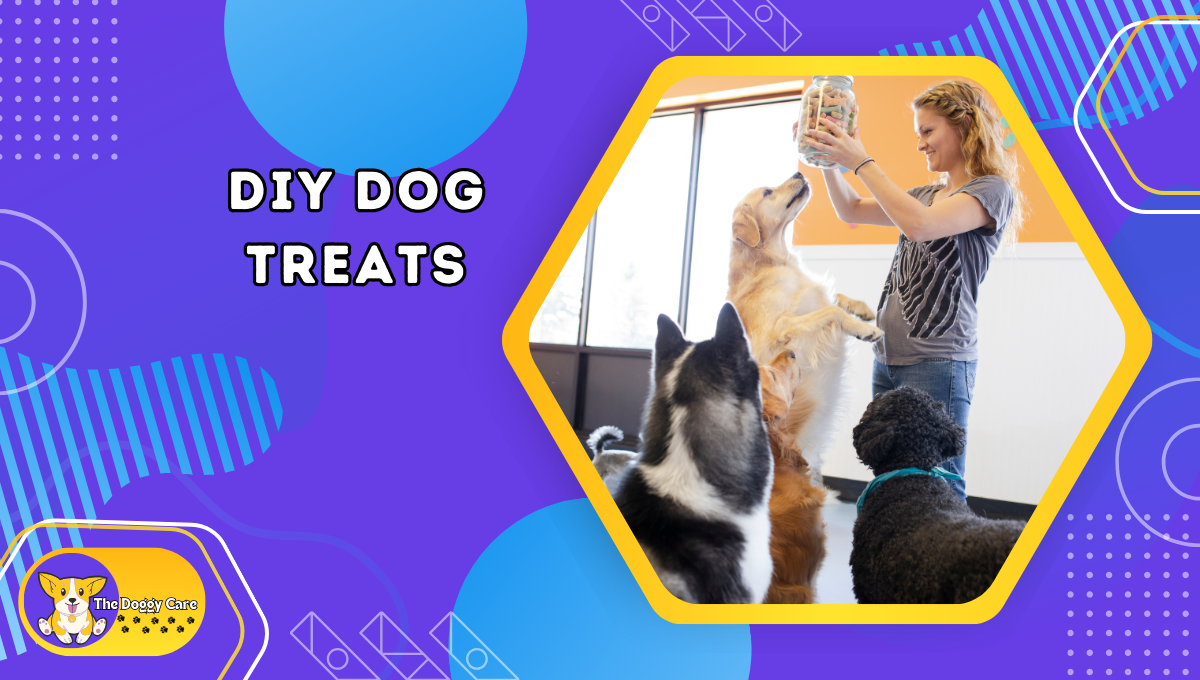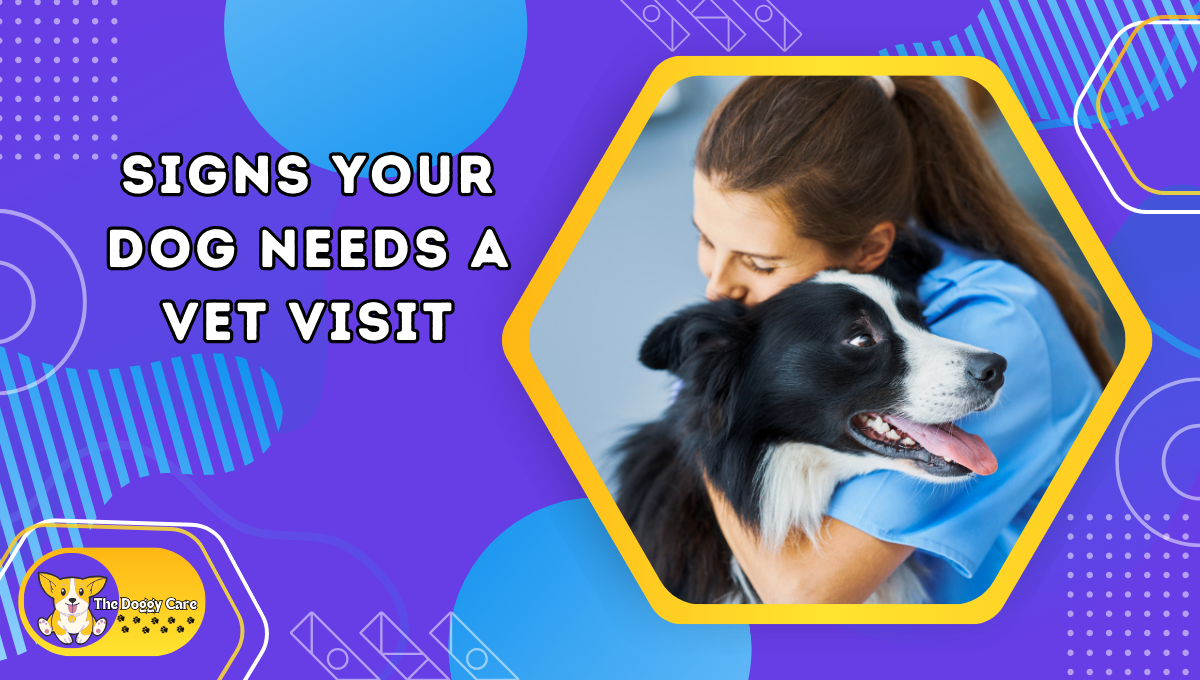How to Create a Safe Home Environment for Your Dog: Safety Tips and Tricks to Prevent Common Accidents
Presentation
Creating a safe home environment for your dog is crucial to their prosperity and your peace of brain. According to a review by the American Pet Items Association, approximately 67% of U.S. families, or about 85 million families, own a pet. With such countless canine companions, it’s essential to guarantee our homes are safe havens that forestall accidents and wounds. This guide offers practical advice on establishing a protected setting for your dog, emphasizing the latest patterns and safety measures relevant to pet people across the US.
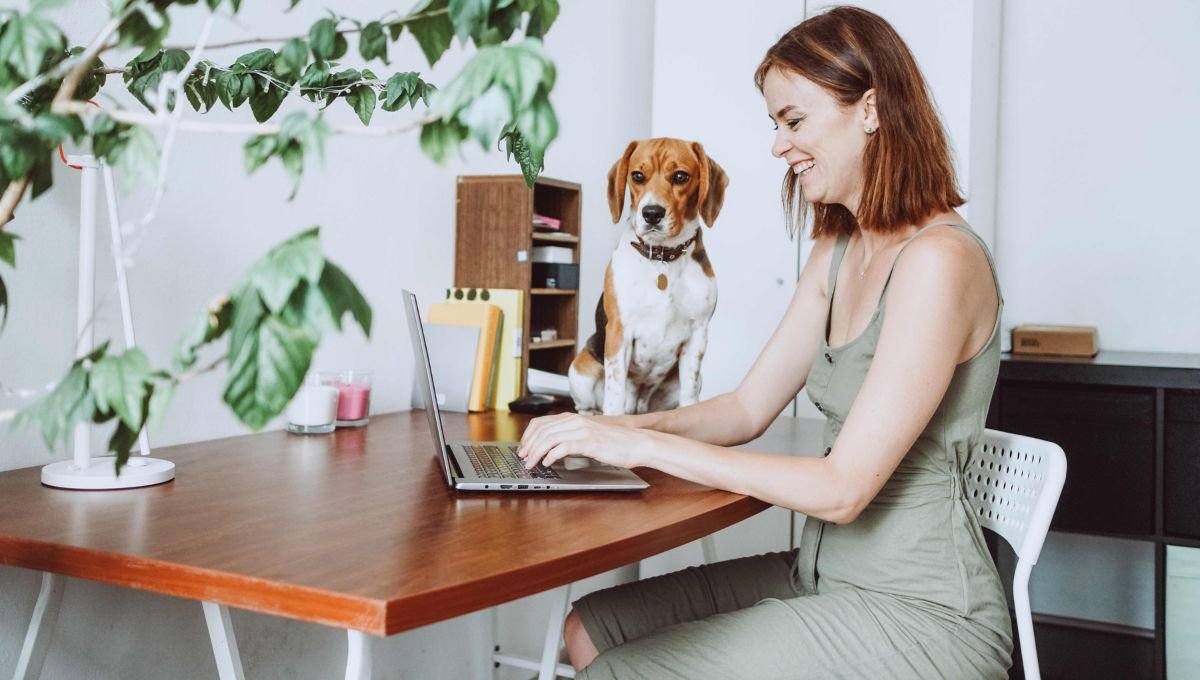
Understand Your Dog’s Requirements
In the first place, assess your dog’s particular necessities based on their age, breed, and behavior. Little dogs, for example, require safer environments to forestall biting on hazardous things. More seasoned dogs could require easier access around the house without stairs to avoid falls. Understanding what your dog needs is the most important phase in creating a safe home environment.
Secure Indoor Spaces
Start by dog-sealing your home. Eliminate or get free wires, toxic plants, and small articles that can be swallowed. Guarantee all cleaning supplies, medications, and chemicals are far off. Putting resources into strong trash cans with locking tops can keep your dog from ingesting something harmful. Creating physical barriers, for example, baby gates can restrict access to unsafe areas.
Safe Outside Areas
Your backyard can present dangers while possibly not appropriately gotten. Guarantee fencing is sufficiently high to keep your dog from bouncing over and check for gaps at the bottom to stop them from pressing out. Eliminate toxic plants and secure all gardening tools and chemicals. Consider a lockable gate latch to forestall accidental escapes.

Regular Maintenance
Regular home maintenance limits gambles. Check your home for potential hazards like free floorboards or uncovered nails regularly. Fix any issues quickly to guarantee your home remains a safe space for your shaggy companion. Regularly examine your dog’s toys for wear and tear, replacing them as necessary to avoid gagging hazards.
Know about Normal Toxins
Many everyday things and substances can be toxic to dogs. Educate yourself about food sources that are harmful to dogs, like chocolate, grapes, and xylitol (frequently found without sugar gum), and keep them safely stored away. Also, know about the symptoms of harming in dogs, like retching, diarrhea, and lethargy, and have your vet’s crisis number readily available.
Training and Behavior
Training is an essential aspect of guarding your dog. Teach your dog commands like “leave it” or “stay” to control their actions in potentially dangerous situations. Reliable training can significantly lessen the gamble of accidents by working on your dog’s responsiveness.
Crisis Preparedness
Have a plan in place for crises. This incorporates having a cutting-edge rundown of crisis contact numbers, like your vet and the nearest animal hospital. Prepare a pet survival kit with essential things like food, water, and medication. Understanding what to do in a crisis can save your dog’s life.
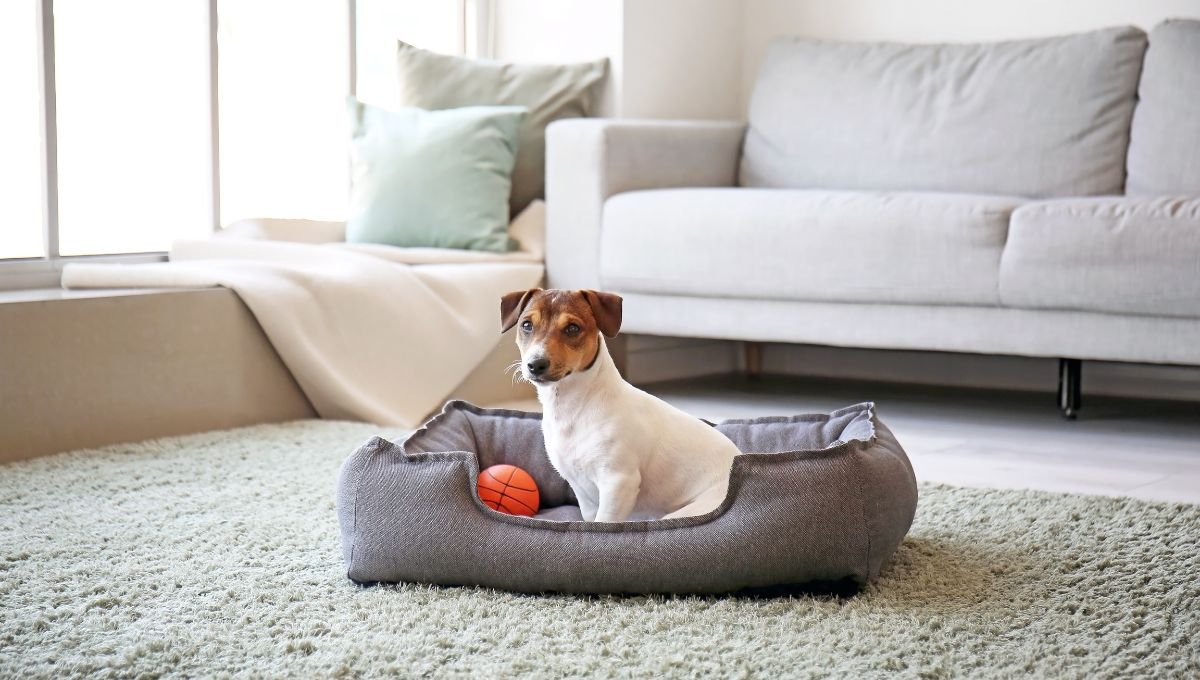
Step-by-step Safety Checks
- Examine your home: Regularly walk through your home and recognize any potential hazards.
- Secure hazardous things: Guarantee all dangerous things are out of your dog’s reach or safely stored.
- Carry out barriers: Use gates or shutways to control your dog’s access to certain parts of the home.
- Take a look at outside safety: Make sure your yard is secure and liberated from hazards.
- Practice crisis drills: Regularly survey and practice your crisis methodology to guarantee productivity and adequacy.
Carrying out these means will assist with creating a solid environment where your dog can flourish safely. By taking proactive measures and regularly assessing your home, you can forestall normal accidents and guarantee that your fuzzy companion partakes in a happy, healthy life under your care. Stay tuned for additional bits of knowledge and tips to enhance your dog’s safety at home.
Conclusion and Final Thoughts
Creating a safe home environment for your dog is a continuous obligation that requires vigilance and dedication. By understanding your dog’s particular requirements and taking proactive moves toward mitigating gambles, you can significantly lessen the chances of accidents. Regular home examinations and maintenance, along with the strategic placement of barriers, guarantee that your home remains a safe place for your pet.
The safety tips given here act as a foundation for forestalling normal accidents and wounds. It is crucial to adapt these rules to your exceptional situation, taking into account your dog’s behavior, age, and health. Engaging in regular training meetings and maintaining a normal will also assist with reinforcing safe behaviors and secure habits.
Keep in mind, the prosperity of your dog is in your hands. Take action today by carrying out these safety measures and consistently educating yourself about potential hazards. Your obligation to create a safe environment will lead to a happier, healthier life for both you and your canine companion.

